Why Young Apartment Movers Need Self-Storage Solutions
Moving between apartments can be a challenging transition, especially for young professionals doing it for the first time. Whether you’re upgrading to a larger space, downsizing for better rent, or relocating for work, a self-storage unit can make your move smoother and more organized. This guide will help you navigate your first storage experience with confidence.
Choosing the Right Storage Unit Size
One of the most common questions first-time renters ask is about unit size. Here’s a quick guide to help you decide:
- 5×5 (25 sq ft): Perfect for storing seasonal items and small furniture pieces
- 5×10 (50 sq ft): Ideal for a studio apartment’s worth of belongings
- 10×10 (100 sq ft): Suitable for a one-bedroom apartment’s contents
- 10×15 (150 sq ft): Accommodates a two-bedroom apartment’s furnishings
Smart Packing Strategies for Apartment Movers
Maximize your storage space and protect your belongings with these proven packing techniques:
- Use uniform box sizes for easier stacking
- Label all boxes clearly on multiple sides
- Create an inventory list with box contents
- Pack heavy items in smaller boxes
- Leave walking paths in your unit
Climate-Controlled vs. Standard Units
For apartment movers, climate-controlled storage offers several advantages:
- Protection from extreme temperatures
- Better humidity control
- Ideal for electronics and furniture
- Enhanced protection for clothing
Security Features to Look For
When choosing your first storage unit, prioritize facilities with:
- 24/7 video surveillance
- Individual unit alarms
- Gated access with personal codes
- Well-lit facilities
- On-site management
Cost-Saving Tips for First-Time Renters
Make your storage experience more affordable with these strategies:
- Compare rates from multiple facilities
- Ask about first-time renter discounts
- Consider sharing with a trusted roommate
- Look for month-to-month contracts
- Optimize your space usage
What Not to Store
Be aware of items that shouldn’t go into your storage unit:
- Perishable items
- Hazardous materials
- Unregistered vehicles
- Live plants
- Valuable documents (keep these with you)
Organizing Your Unit for Easy Access
Create an efficient storage system from day one:
- Place frequently needed items near the entrance
- Create a center aisle for access
- Stack boxes with clear labels facing out
- Use shelving units when possible
- Keep a detailed map of your unit’s layout
Insurance Considerations
Protect your stored belongings with proper insurance:
- Check if your renter’s insurance covers storage
- Consider facility-offered insurance options
- Document valuable items with photos
- Keep an updated inventory list
Timing Your Storage Rental
Plan your storage rental strategically:
- Book early during peak moving seasons
- Consider mid-month move-ins for better availability
- Allow overlap time between apartments
- Schedule your move during facility business hours
Making the Most of Your Investment
Maximize the value of your storage unit:
- Only store items you’ll actually need again
- Use vertical space effectively
- Regularly review and declutter stored items
- Consider climate control for valuable items
Planning Your Exit Strategy
Set yourself up for a smooth transition out of storage:
- Keep track of your rental agreement terms
- Plan your move-out date in advance
- Remove items systematically
- Clean the unit before leaving
Conclusion
Your first storage unit experience doesn’t have to be overwhelming. With proper planning and organization, you can create a seamless transition between apartments while keeping your belongings safe and accessible. Remember to choose the right size, pack strategically, and stay organized throughout your storage journey.

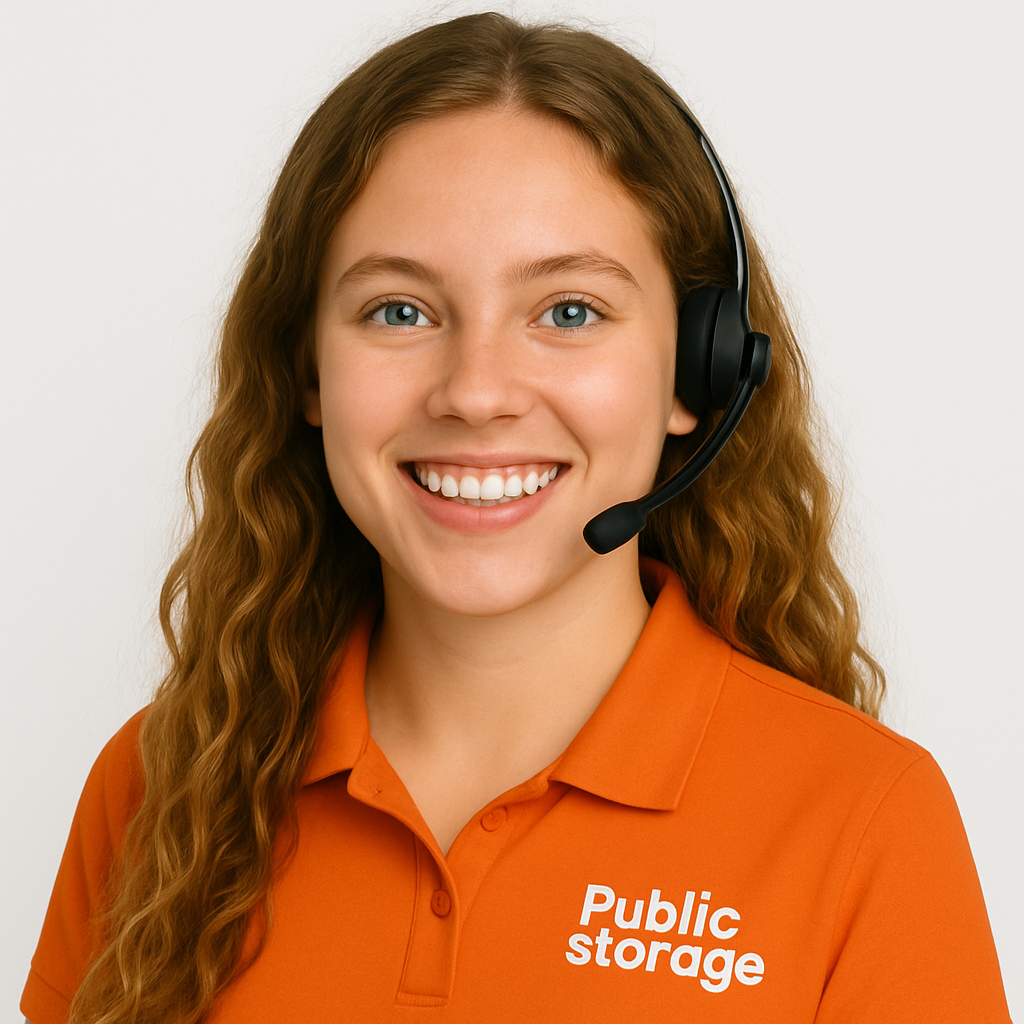
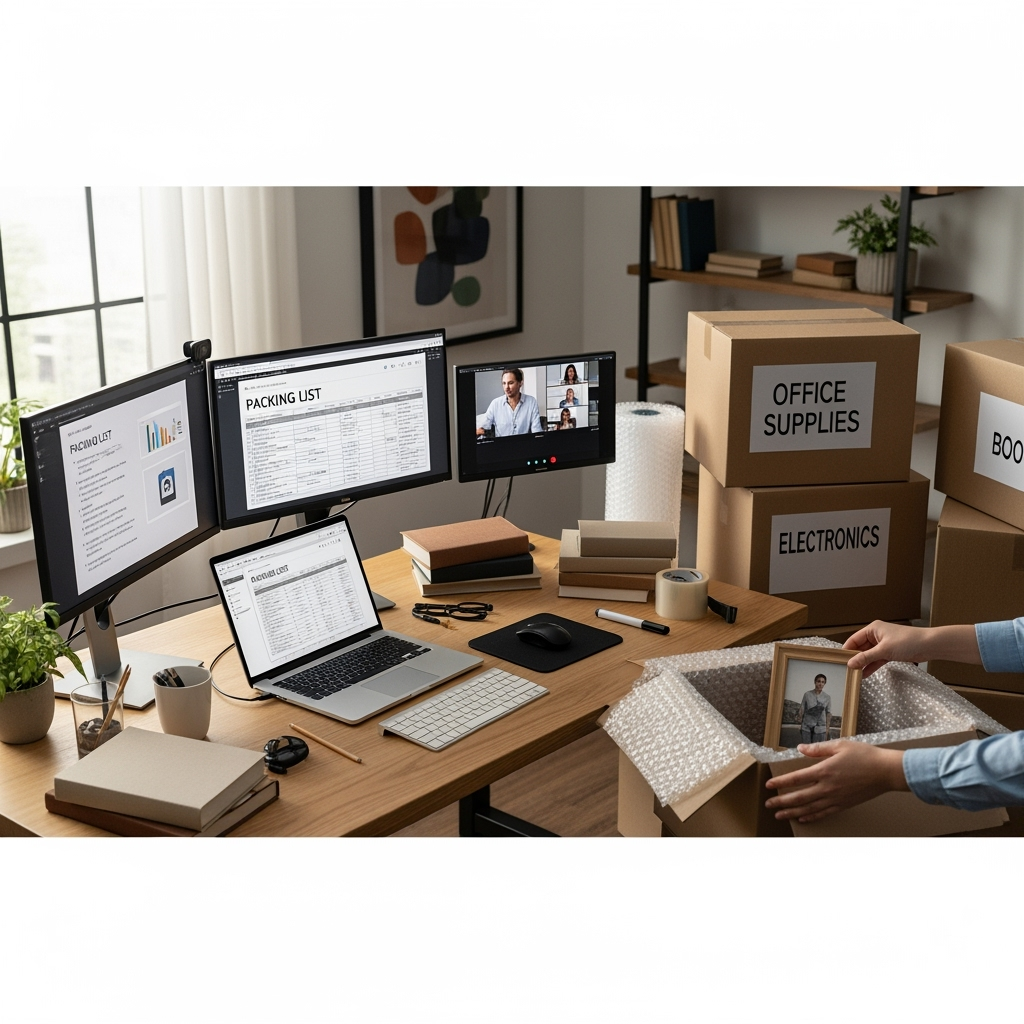



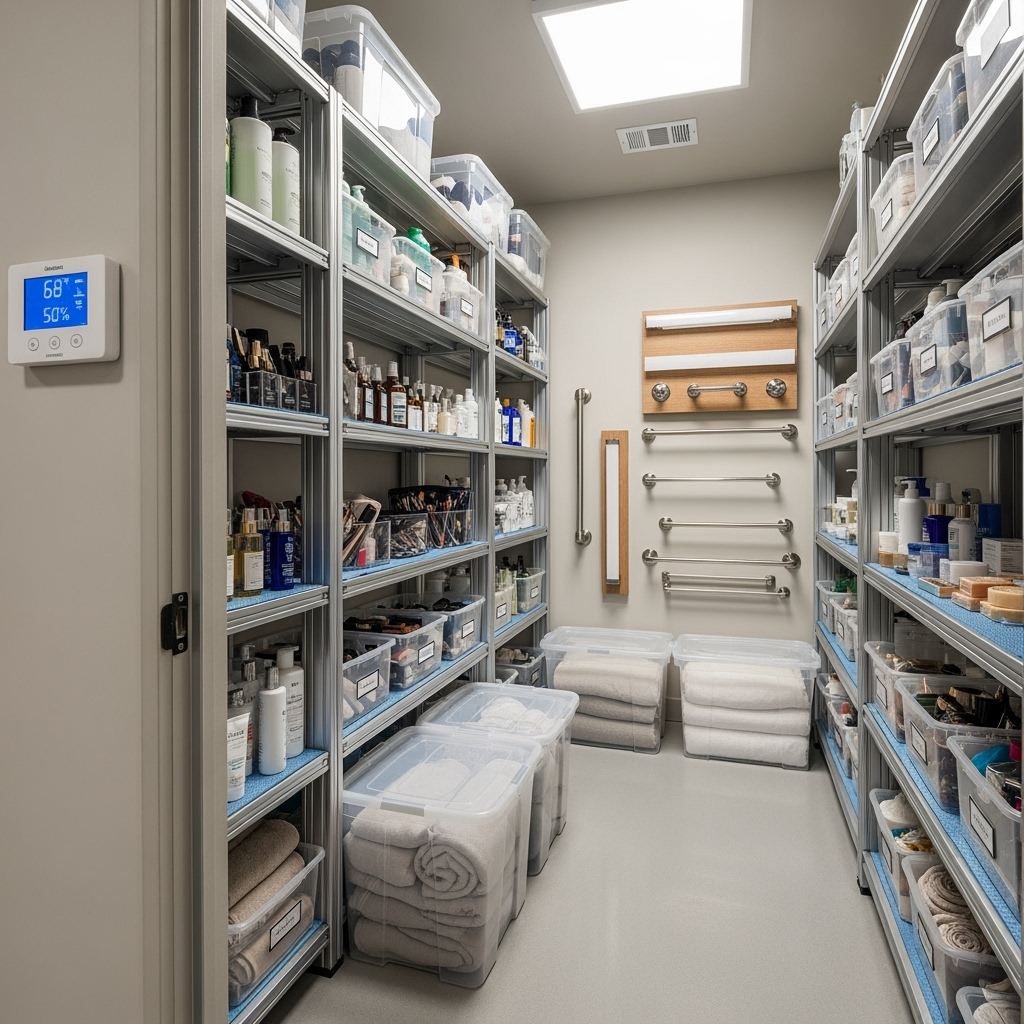
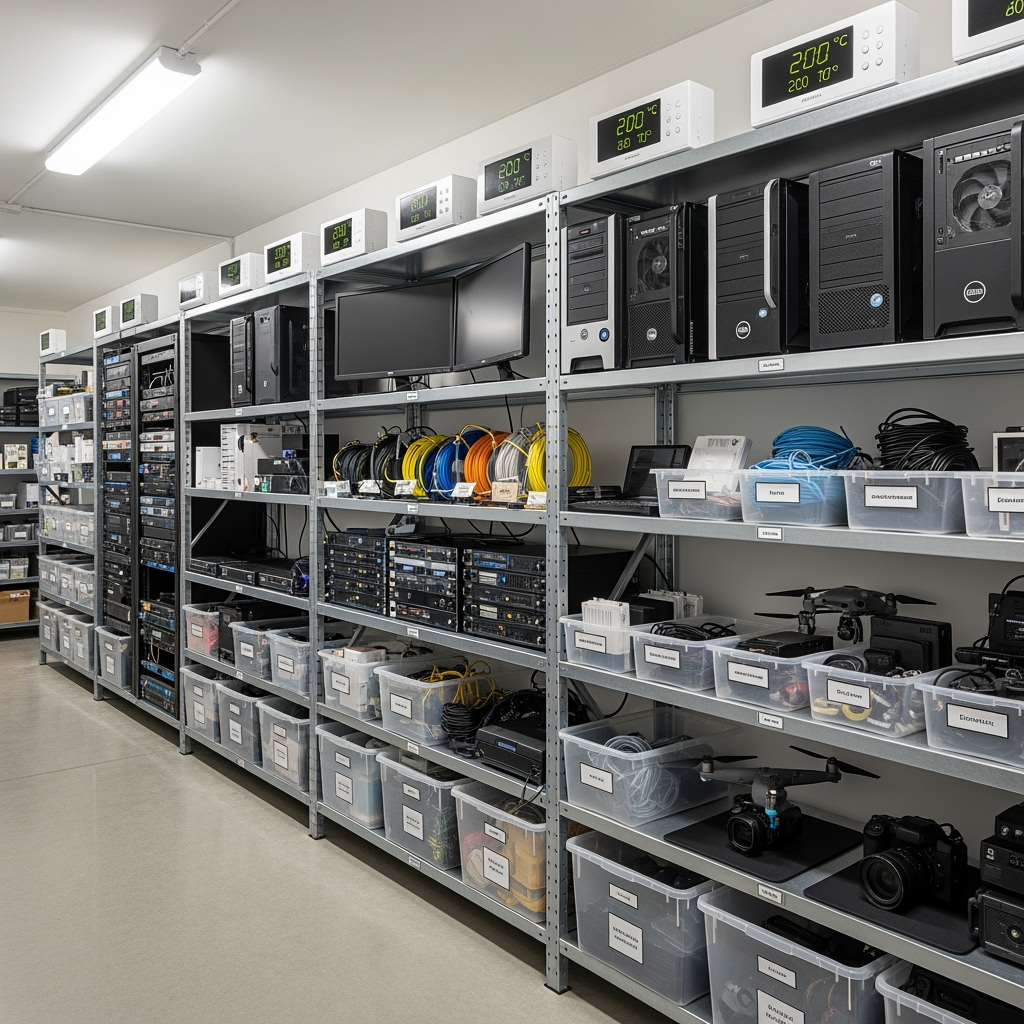
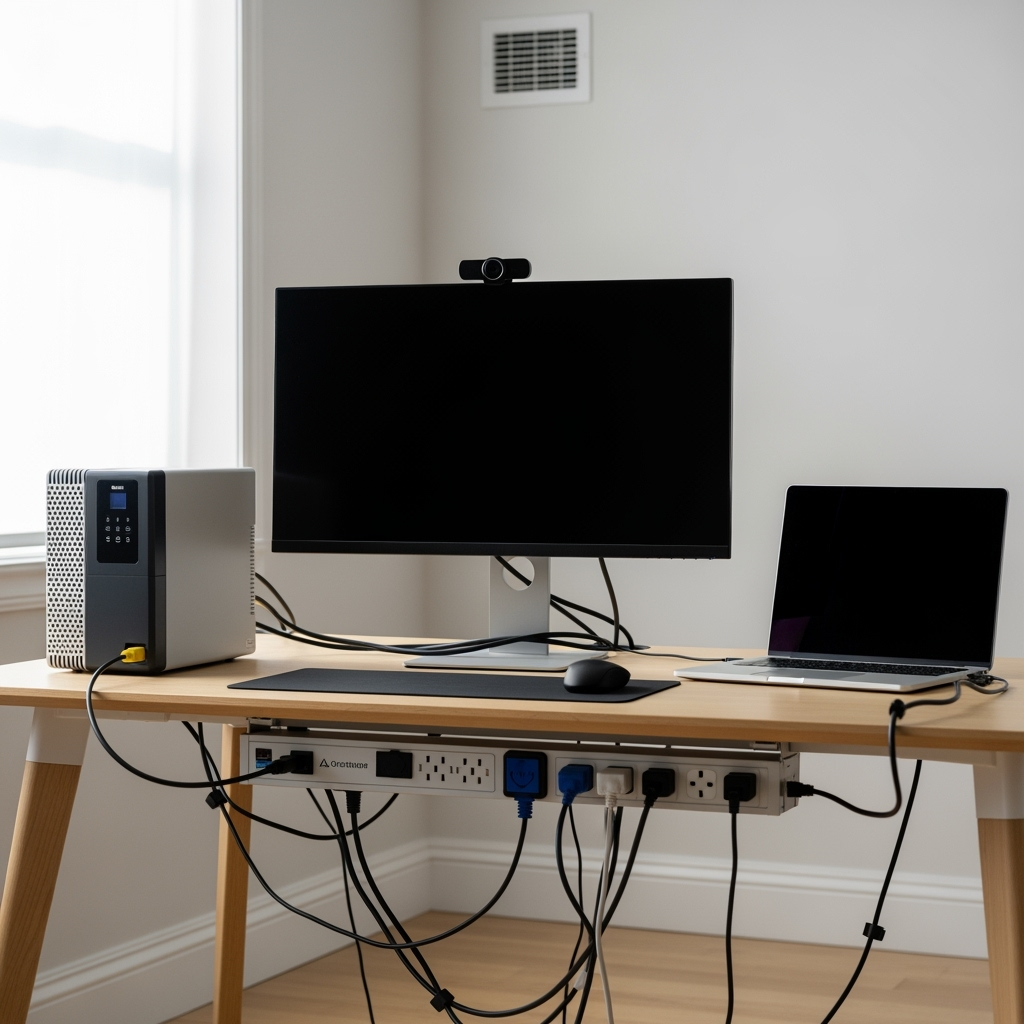
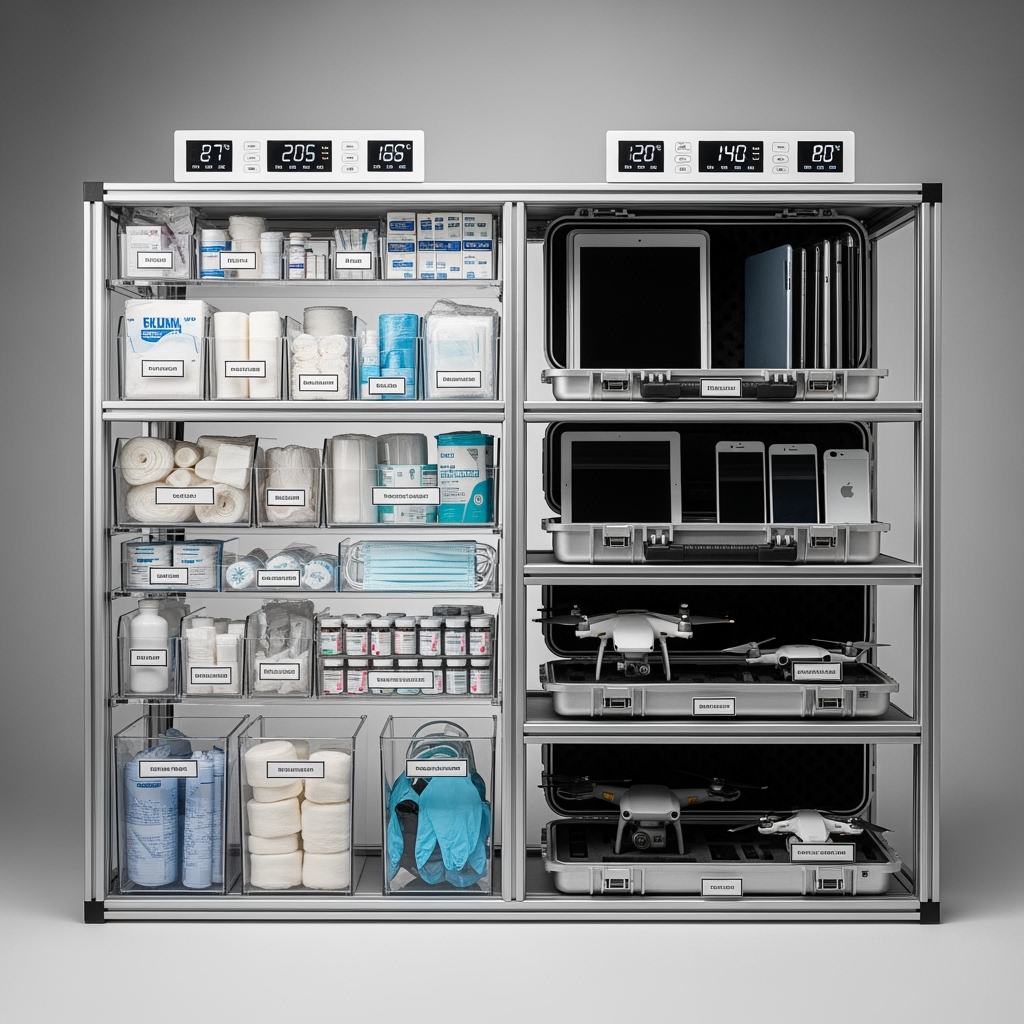
Leave a Reply